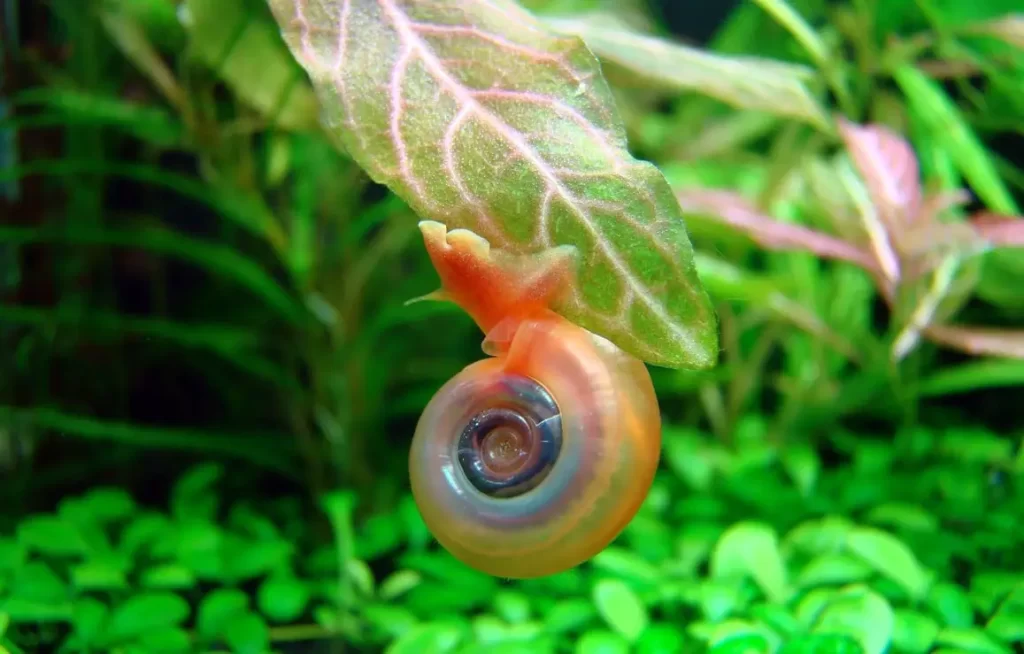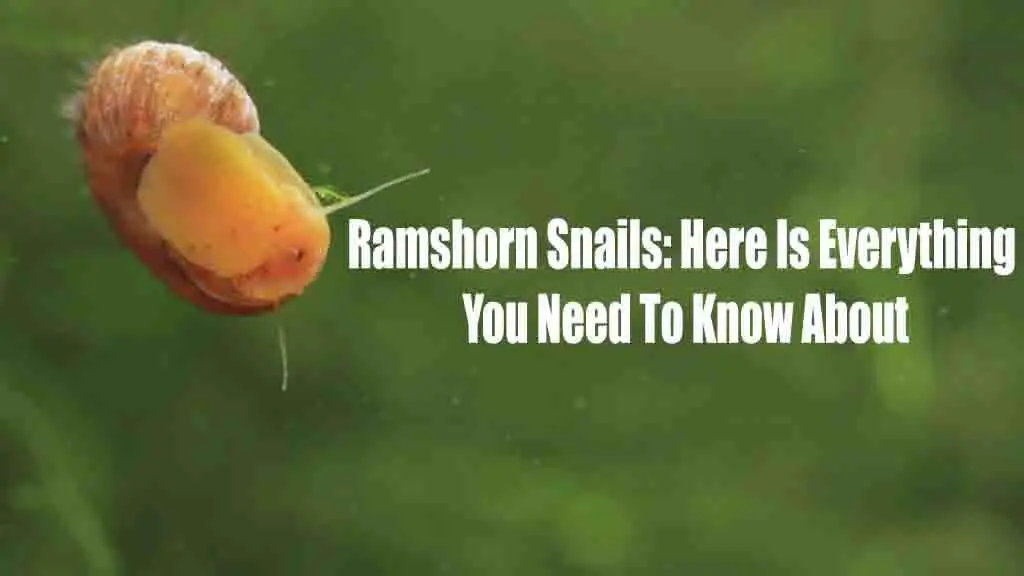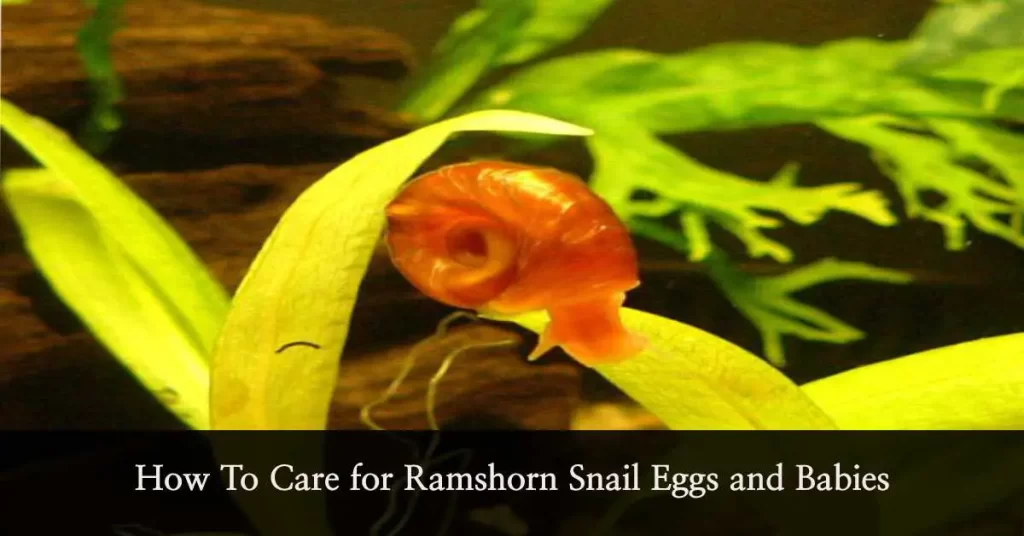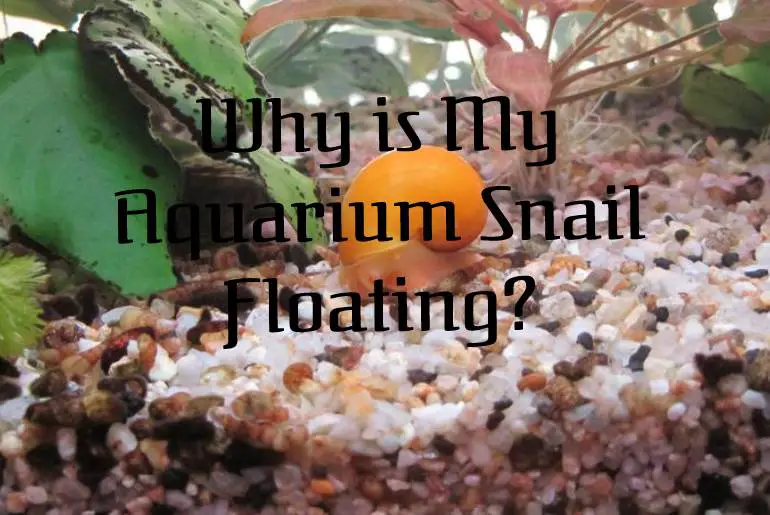Ramshorn snail is a great addition to any freshwater tank. Anyone who has only been keeping fish for a long time will surely find this snail exciting. Most people consider this snail as a curse and don’t know how to use them properly. Their breeding process is also quite unclear because the sexes are not separated as they are hermaphrodites. Today I will be clearing all your doubts regarding breeding these majestic creatures, and in the end, you will know why to breed them. Before knowing how Ramshorn snails mate, it is important to know about their sexuality n depth. So let’s dig right in.
What Are Hermaphrodites?
Hermaphrodites are those creatures having both male and female reproductive organs. Only 5% of all the animal species are hermaphrodites naturally. Sometimes, creatures possess both sexual organs abnormally also because of mutation.
Many taxonomical groups of animals, such as invertebrates, do not have their sexes separated from birth. The majority of these animals are snails, slugs, and earthworms.
Ramshorn snails are one of the popular hermaphrodite freshwater snails. These snails are becoming quite popular in the aquarium hobby nowadays, and their reproduction is the biggest concern if you are keeping them. These beautiful pets can turn into pests in no time. So, knowing about their breeding style and reproduction is important to maintain their population stability in the tank.
How Do Two Ramshorn Snails Mate?
Having both sexual organs doesn’t make things easier for these snails. Instead, the breeding process is quite lengthy and complex. Ramshorn snails are blind and deaf, like most of the other snails. They sense the presence of another snail or possible mate through taste and smell. They use their tentacles for this. After locating a possible partner, the courtship process begins.
Courtship
Now, these snails get really cozy touching, smelling, and tasting each other for hours. When you see this, you might mistake them for fighting. But this is an important part of their mating or reproduction.
Mating
A snail’s genitals are located just near its tentacles. The male and female reproductive cells i.e., sperm and egg cells, are produced by an organ called ovotestis. This organ is located inside their visceral hump guarded by their shell. After the courtship, each snail tries to implant its sperm into the next snail. But the process isn’t over yet. Both the snails try to kill other snails sperm and prevent it from reaching their own egg. This is all done to pass the genes comfortably without having to bear the load of being a mother. Such disgrace or hatred towards childbirth is also known as tokophobia.
After the exchange of sperm, both snails part their ways.
Sometimes both snails get pregnant, but sometimes only one of them does. But being pregnant here means a loss in the battle for fatherhood.
The Ultimate Battle For Fatherhood
Whether you are one sexed or both, fatherhood is always easier. A father simply implants his sperms and passes the genes without having to bear all the hard work. But being a mother is difficult, even for these aquatic snails. So, both snails want to be more fathers than they are mothers. This is the ultimate battle for fatherhood.
So, the reproduction process doesn’t only involve the sperm swapping but also protecting their sperm so that most of them survive in the other snail’s body. Land snails like your common garden snail would rely on special defense mechanism called “love darts” for doing this. But aquatic snails don’t have love darts, so their body produces these protective hormones internally.
Can Ramshorn Snail Mate Without A Partner?
Despite being hermaphrodites, ramshorn snails choose to copulate before giving birth. This is one of their unique traits. Although they can auto-fertilize themselves by mixing their own sperms with egg cells, they choose not to. One major consequence of inbred breeding is unwanted mutation and other defects. One such defect is the situs inversus, which means that all the internal organs of the creature are mirrored. This results in problems like not finding a suitable mate.
But if snails prefer sexual reproduction, then how does a single snail sometimes multiply to many? The answer to this is sperm hoarding. Like some livebearers like mollies, these snails are sperm hoarders. In the wild, these snails don’t store sperm because they will easily find partners. But in captivity, when snails don’t find partners, they must either use the hoarded sperm of their own sperm for reproducing.
The Lifecycle Of A Ramshorn Snail
The lifespan of a ramshorn snail is about 1-2 years. From birth to adulthood, it undergoes lots of changes.
Pregnant Snail
After getting enough food and a proper mate, a snail finally gets pregnant. The abundance of food is the main reason behind your ramshorn snails getting pregnant.
Eggs
The snail lays its eggs everywhere in the tank. You can see these eggs in clusters on plant leaves, glass surfaces, decorations, and even the shells of other snails. Each cluster contains about 10-12 eggs. A tough jelly-like substance protects the eggs. The clusters appear in brown color, so it won’t be hard for you to locate them. These eggs are almost transparent, and you can easily notice baby snails growing inside of them. If the temperature and water parameters are suitable, the eggs hatch in around 12-40 days.
Babies
After a few weeks, the baby snails will hatch. If everything goes right and they are under no predatory threats, all eggs will hatch, and your tank will be full of snails within months. The number of snails can even exceed a couple of hundreds. The baby snails are translucent-white and are quite active. You don’t have to worry about feeding them as they will search for food immediately after hatching. They will find soft algae and eat soft edible debris too. In a baby ramshorn snail, it is common to see a beating heart from the outside. This is because of their translucent shell.
Adults
A few months later, the babies turn into juveniles and then to adults ready for reproducing. These snails are a lot bigger and need more food. They also speed up the reproduction process in your tank. The shells in adults are more solid and have brighter colors than in the babies.
Why Should You Breed Ramshorn Snail?
There can be various benefits of breeding ramshorn snail. Most of the people consider them pests and try to avoid them. People also take harsh actions like poisoning them and crushing them to control their population. However, if you breed them, you may benefit as:
- These snails are detritivores, meaning they will feed on debris, fish poop, and any uneaten food. So, having a large population of ramshorn snail in your tank can reduce problems created by overfeeding. The snails also eat dead fishes, preventing your tank from ammonia spike.
- The fish eats dead and molten plant parts like leaves and stem. Your healthy plants are safe until they have hard and healthy leaves and stems. Ramshorn snails can also reduce algae overgrowth.
- You can breed ramshorn snails and use them as live food for bigger fish like cichlid and loaches.
Conclusion
All in all, breeding ramshorn snails are quite easy, but you must be careful regarding their population. I think I have included all the information regarding the breeding of these snails. During my research, I found that almost all snails are hermaphrodites, but they all have different ways of reproducing. If you breed ramshorn snails wisely, you can prevent these pets from turning to pests.
If you have any feedback, they are heartily welcomed in the comment sections below.
Reference
Image Credit:
- https://creativecommons.org/licenses/by-nc/2.0/






